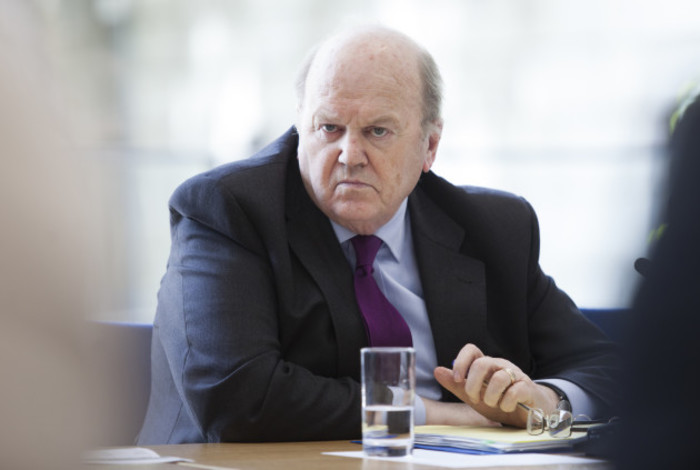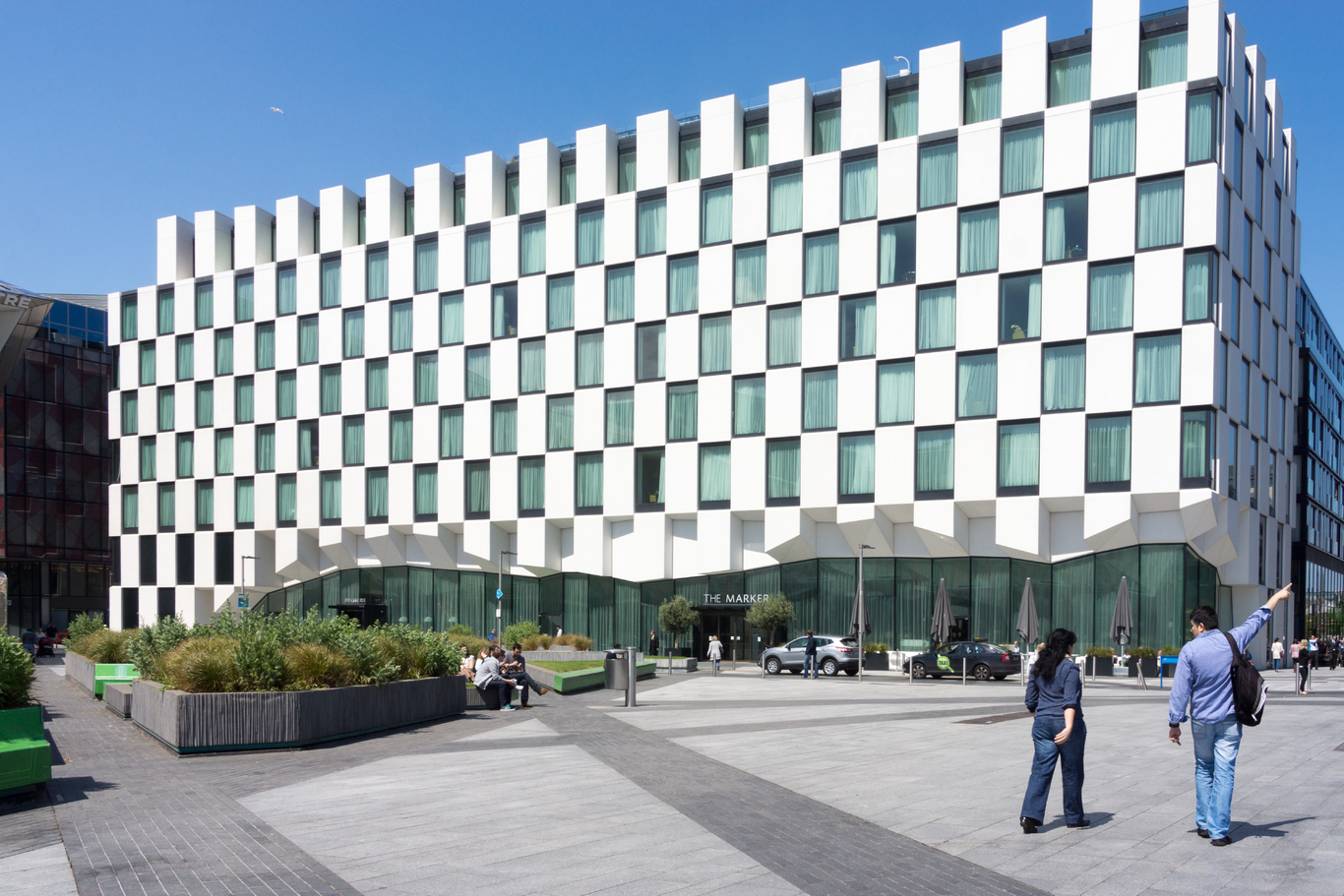Dublin's sky-high hotel prices keep soaring, putting pressure on the industry's special tax rate
Occupancy in the capital’s hotel sector is among the highest in Europe.
THE PRICE OF a hotel room in Dublin increased last month as occupancy levels remained sky-high.
Rates for a hotel room in the capital were up 19.4% in July, compared to the same month last year, to an average price of €136.93, according to data from STR, the firm that monitors global changes in the food, tourism and hospitality sectors.
Occupancy level reached over 90%, driving up revenue per available room (RevPAR) by 17% to €121.52. RevPAR is calculated by multiplying a hotel’s average room rate by its occupancy rate.
Overall, a hotel room in Ireland cost 16.5% more than July 2015 with occupancy reaching 86.7%. RevPAR was up 17% for the sector as a whole.
Regional areas also performed well with a RevPAR growth of 12.6% in July and now up 14% year-to-date.
VAT rate
The hotel sectors continued growth has called into question whether the reduced VAT rate for Ireland’s hotels sector is still necessary.
Speaking after the preliminary release of STR’s latest figures, Labour TD Joe Costello said: “The hospitality sector has not reciprocated (the 9% VAT rate) by giving the customer a good deal.”
He added: “At the very least the government should demand a sharp reduction from the hotel industry.”
Responding to Costello’s statements, a spokesperson for the Irish Hotels Federation (IHF) told Fora that the 9% VAT rate is in line with other European countries.
The IHF maintains that room rates nationally are “highly competitive, including in Dublin” and said recovery in Ireland’s hotel sector cannot be taken for granted because of the impact Brexit may have on Ireland’s tourism businesses.
“The recent 18% fall in the value of sterling is a worrying development given the UK accounts for 40% of all overseas visitors in Ireland,” it said.
The programme for government stated that the 9% VAT rate will be retained for the “as long as prices remain competitive”.
Minister for Finance Michael Noonan has acknowledged that the case for retaining the measure in Dublin’s hotel sector is diminishing each year, but “retention of the measure for the rest of the country remains.”
Revenue has estimated that the reduced rate has cost the public purse €2.1 billion since its introduction on 1 July 2011 to the end of 2015.
 Minister for Finance Michael Noonan
Minister for Finance Michael Noonan
Lack of space
A report published earlier this year by Fitzpatrick Associates for Fáilte Ireland said that hotel rates in Dublin are expected to escalate faster than anywhere else in Europe due to a lack of available space.
The percentage of available hotel space shrunk by 6%.
In response, Fáilte Ireland called for a series of short- and longer-term fixes to try and speed up the development of new hotels, including reduced bedroom sizes and the removal of mandatory conditions about providing meals and refreshments
Only one hotel is expected to open in Dublin this year, the 198-room Holiday Inn Express on O’Connell Street.
An earlier report by PwC said that Dublin hotels had the highest occupancy rates in Europe, predicting an increase of almost 20% for prices per room over the next two years.
The report said that Dublin currently had few hotels, of small average sizes, relative to its population and GDP when compared to other European capitals.






